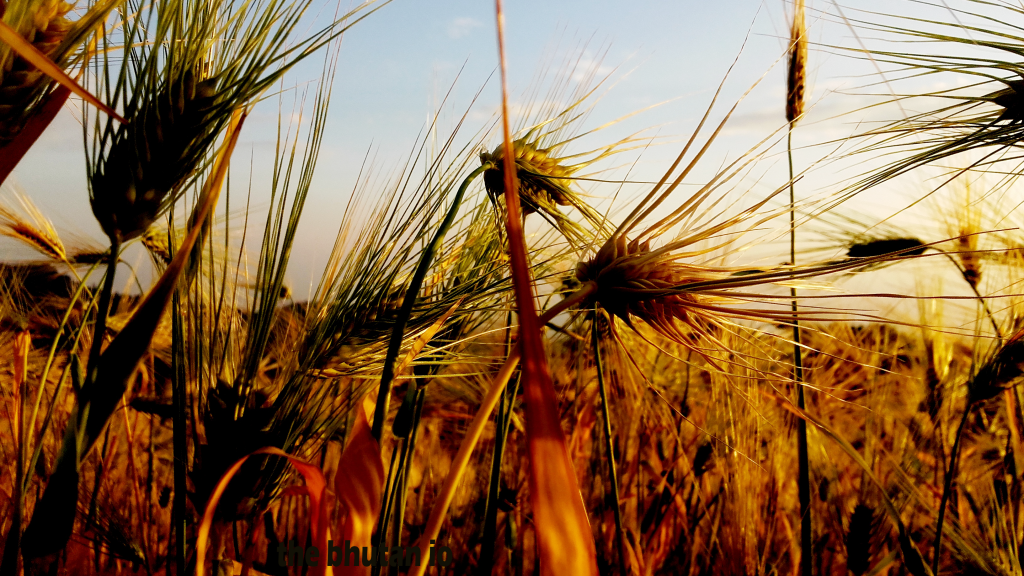Tshangla: Background
Though spoken predominantly across the country, Tshangla exists as a primitive language (without a writing system), described it as an unwritten language. Tshangla also known as Sharchopkha (meaning The Language of the Easterners{Eastern Bhutan}) is the major language used in the eastern part of Bhutan, some parts of Arunachal Pradesh (India) and Tibet.
Seemingly, a large population of the Bhutanese use Tshangla. Unfortunately, it is one among the list of the world’s endangered languages.
Researchers has found that Tshangla is of three typical dialects including Bhutanese Tshangla, West Kemang Tshangla[India] and Pemako Tshangla [Tibet].
The studies done claim that Tshangla is a Sino-Tibetan language of Bodish type. However, it’s origination is complex to understand as there is no written record about this language. So the mystery is, from which part of the world did Tshangla originate? How long has it endured to exist?

Tshangla: My Opinion
Personally, I am from Eastern Bhutan. My mother tongue is Tshangla. At a point I see that every region in our country has a distinct language of its own. But looking it at a broader perspective, I am wrong to think that way. That’s not about the distinction in language but the difference in accent. A region has an accent different from the other.
What influenced this phenomenon? In my understanding, that is particularly an impact of isolation. In the olden days, every region was divided into segments due to tough geographical terrain. People couldn’t interact with the other regions as they were barred by thick jungles, high passes or rivers. This isolation could have “divided’ Tshangla into many accents and now it is almost impossible to figure out which term is the right one as there are many words to mean one thing.
Tshangla: Ambiguity
A single word would mean different things with respect to the accent. A group of people would say “yom ma” to mean “to get wet” while the other would say “yethpa“.
A group would say “ngamchey” to mean ‘tomorrow’ while for others would mean ‘next year’.
There are syntactic ambiguities too. Today, the phrases “Naan gi b’lay mo?” and “Naan gi Ga lay mo?” are treated equivalent or the same. A group would say “Naan gi b’lay mo?” to mean “Will you give me?” while the other would say “Naan gi Ga lay mo?”. For the latter group ‘b’lay’ would mean giving to the other which is completely opposite to the former.
This kinds of ambiguities are plenty in Tshangla.
Given that somebody come up with a writing system of Tshangla, this would bring an end to diversity of accents and make it an written language. On the other hand hand, it would also help in sustaining the language too.
Tshangla: Thought
What if Tshangla has a writing system?
Tshangla: Disclaimer
The piece of this work is completely my opinion. Examples I cited must be wrong [at times] due to my misinterpretation.
